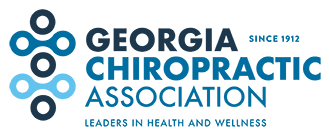No Surprises Billing Act Went Into Effect Jan. 1Here are some frequently asked questions about the bill. Links to more comprehensive resources are at the bottom of this page, including a webinar from ChiroHealthUSA and CMS resources.
Q: What is the No Surprises Billing Act?
A: Establishes new protections from surprise billing and excessive cost sharing for consumers receiving health care items/services. It implements additional protections against surprise medical bills, including provisions related to the independent dispute resolution process, good faith estimates for uninsured (or self-pay) individuals, the patient-provider dispute resolution process, and expanded rights to external review.
Q: Who does the bill apply to?
A: Chiropractors who see self-pay and uninsured patients, as well as patients who have insurance that might not cover certain services (for example, Medicare patients who need exam, x-ray, modalities that are uncovered).
Q: How do I comply with the act?
A: Must put signage up in office in two places, one near scheduling and one near payment areas, and office website announcing a good faith estimate is available for those who are uninsured or cash patients. Click here for example signage. This must also be orally communicated to those who call for an appointment.
Q: What is a Good Faith Estimate?
A. Good Faith Estimates:
Q: When do I need to provide a Good Faith Estimate?
A: Specific time frames are outlined in the legislation:
Q: What happens if there's a dispute?
A. If the bill to the patient is $400 or more above the good faith estimate, the patient is eligible to proceed with a dispute resolution process with the provider, if initiated within 120 days of receiving the bill.
Q: Where can I find more resources?
A. Click here to watch a webinar about the act from ChiroHealthUSA and Dr. Scott Munsterman. Click here to download the presentation as a PDF. Click here for information on the act from CMS. Click here for documents related to implementing the act and dispute resolution. Click here for a short video from Dr. Ty Talcott on the subject.
|





